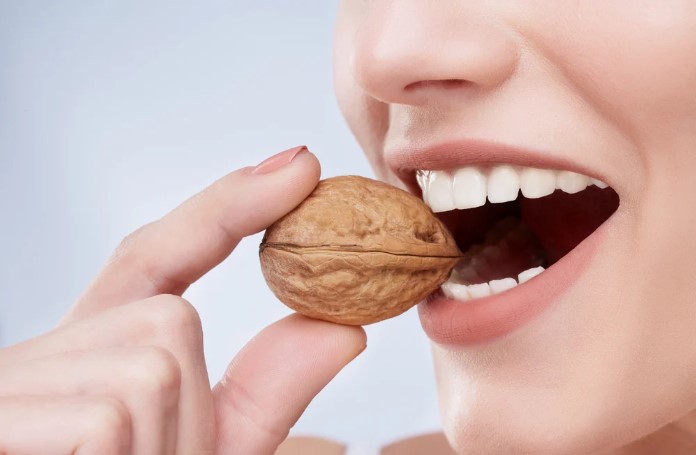When in a fitness programme, a lot of people tend to focus a lot on the muscles and ignore the bones. Your bones are just as important as your muscles when developing your strength. Without healthy bones, your muscles will be unable to withstand the pressure you subject them to. And because muscles rely on the support of bones for their tensile strength, they won’t appear as toned as they should.
One way to ensure you have strong bones is to eat a healthy diet. After all, you need to replenish lost calories when you work out. Your teeth are equally a significant part of your bone structure, they give your cheeks and chin a rigid framework. In addition to mastication, healthy teeth give you a beautiful smile. Dental Expert Dr. Goldstone from The Dentist Leeds advises fitness buffs to include a healthy diet regimen to support their bone structure and ensure they have strong teeth.
Two important nutrients necessary for healthy bones and teeth are calcium and vitamin D. While calcium serves to strengthen the bones, vitamin D helps the body absorb calcium. Poor bone health can lead to gum disease, rickets and osteoporosis later in life.
Healthy diet for the bones
As an adult, you need between 700mg to 900mg of calcium daily. You should be able to get the recommended calcium quantity by eating a varied and balanced diet.
Good sources of calcium:
Milk, cheese and other dairy meals
Green leafy veggies like Broccoli, cabbage and okra (not spinach)
Legumes such as soya beans
Tofu
Soya drinks (fortified with calcium)
Nuts
Bread and pastries made with fortified flour
Fish with edible bones, like sardines and pilchards
Spinach may appear to contain some calcium, but the presence of oxalic acid in it makes it difficult to absorb. It is therefore not a good source of calcium.
Vitamin D helps the body absorb enough calcium from our meals. The absence of vitamin D can also cause rickets. Most of the vitamin D we get is from the sun’s action on our skin. It is advisable to laze under the sun for short periods daily (without sunscreen). The period between late March or April to late September is usually enough for most people to make a good quantity of vitamin D.
However, it isn’t advisable to rely on only the sun for your recommended intake of vitamin D. The following foods are good sources of vitamin D.
Oily fish, like the salmon, sardines and mackerel
Eggs
Fortified spreads of fat (butter, margarine)
Some powdered milks
People who have been diagnosed with osteoporosis are usually advised to consume foods rich in calcium and vitamin D. Some at risk groups include:
Babies and toddlers
People who are usually housebound
People confined indoors, such as those in a care home
If you are usually indoors, include outdoor exercises as part of your workout routine. This is to ensure you increase your recommended daily dose of vitamin D.
Whatever part of your body you hope to develop, remember to fortify your bones and teeth too. Because without them, you might just be overworking your muscles.




